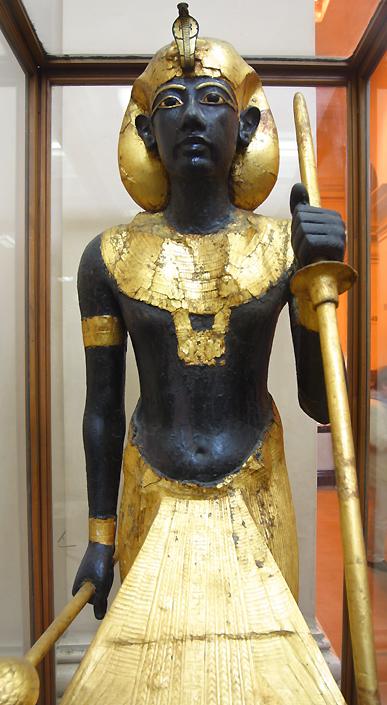
Over the past few weeks, spotted spurge ( Euphorbia maculate) has become one such weed. A Nice WeedĪ few weeds garner my respect and my affection. Although I tossed them in the compost pile, I could have made them into sandals, a boat, paper, or any one of the other papyrus products of ancient Egypt. King Tut grows very rapidly, so this spring I divided the one King Tut plant into two and potted each one up separately. It’s just that consistently moist soil is needed, which means close attention to watering or standing in a water-filled saucer. Not that King Tut demands water around his ankles.
#King tut papyrus indoors full#
All the plant needs is a deep saucer in which the pot can sit, with the saucer kept full of water.

King Tut (and umbrella plant) are very easy to grow because they love water up around their ankles. Many, if not most, problems with plants in general can be attributed to too much or too little water. A houseplant relative of papyrus, Cyperus alternifolius, is commonly called umbrella plant. The base of the plant is a clump of grassy leaves from which rise tall, leafless stalks which are capped by grassy-leaved mopheads looking something like the ribs of an umbrella. All papyrus have a very distinctive and attractive appearance. In contrast to regular papyrus, which grows 5 to 9 feet tall, King Tut’s claim to fame is that he’s a dwarf, billed as rising 4 to 6 feet high.

There he clung to life and, with warm, sunny weather, got growing again this past spring. But rather than let the King die in winter, I was so smitten by him that in autumn I moved him in his pot indoors to a sunny window. Papyrus doesn’t tolerate temperatures down to freezing, so this far north King Tut is billed as an annual. I’ll cut to the chase: This particular King Tut is a variety of papyrus ( Cyperus papyrus) that I planted a year ago in spring. King Tut is alive and well, very well in fact.


 0 kommentar(er)
0 kommentar(er)
